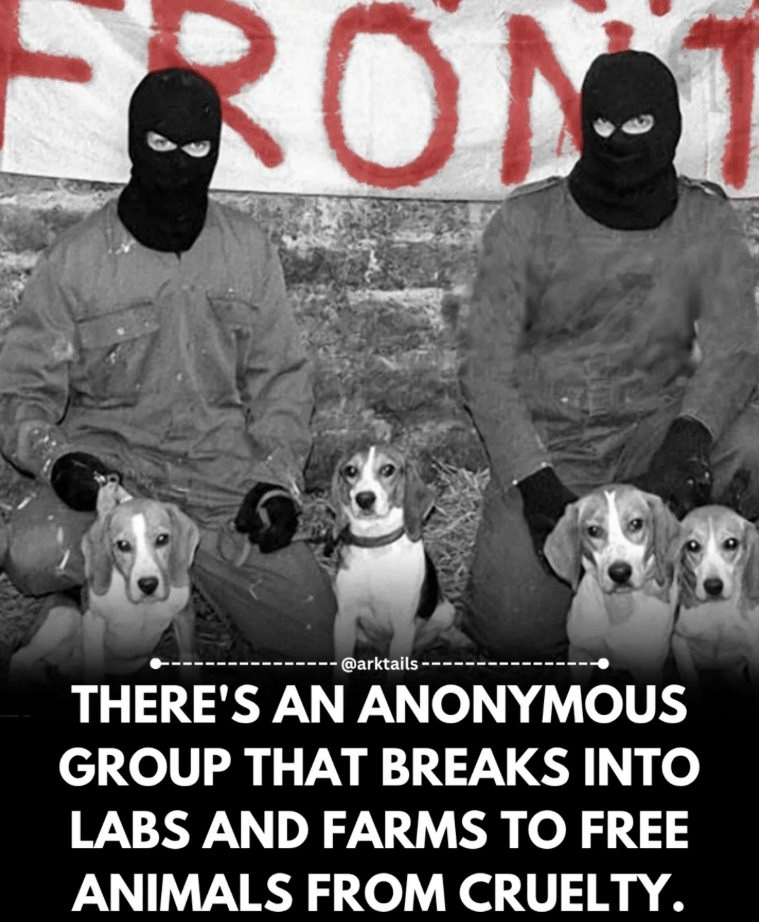The cold, sterile air of the Biocorp Research Facility usually hummed with the quiet efficiency of scientific endeavor, a stark contrast to the storm brewing just beyond its high fences on that fateful night of October 27th. Dr. Aris Thorne, head of the animal testing division, had just completed his final rounds, a sense of weary satisfaction settling over him. Tomorrow, a breakthrough was expected in their latest dermatological compound, and the thirty-seven beagles housed in Section C were, regrettably, essential to its validation. He locked his office, the click echoing in the deserted corridor, and drove home, unaware that the carefully constructed world of his research was about to be irrevocably breached by a force driven not by profit or power, but by a profoundly different kind of conviction. The weather, a capricious element, chose that night to unleash a torrential downpour, effectively masking the subtle vibrations and muffled sounds that accompanied a meticulously planned operation. This wasn’t merely a break-in; it was an extraction, an act of defiance against a system that viewed sentient beings as mere data points, executed by individuals who preferred anonymity over acclaim, and freedom over fame. The stage was set for an unfolding drama, a real-life narrative of shadows and salvation, where the line between legitimate science and perceived cruelty would be blurred, and the definition of heroism would be rewritten in the pre-dawn hours.

Deep within the facility, a faint alarm, easily dismissed as a glitch by the lone security guard engrossed in his late-night coffee and a dog-eared novel, signaled the initial breach. This wasn’t the brute force of typical vandalism; it was surgical precision. A small, masked group, clad in dark, unassuming clothing, moved with practiced ease through the labyrinthine corridors. They navigated the complex security system not by deactivating it, but by anticipating its blind spots, a testament to weeks, perhaps months, of meticulous reconnaissance. Their objective was clear: Section C. The air inside the animal holding area was thick with the faint, metallic scent of disinfectant and the restless whines of the beagles. Each cage, a miniature prison, held a life destined for an uncertain future. The team, later known only as the “Silent Watchers” by a handful of journalists, began their work, not with haste, but with a surprising gentleness, opening the latches that held hope captive.

The first twist came unexpectedly. As they carefully began to lead the beagles out, a figure emerged from the shadows at the far end of the corridor – not security, but a junior technician, Sarah, who had returned to retrieve a forgotten laptop. Her gasp echoed through the otherwise silent facility. Panic could have erupted, but instead, one of the masked figures, the presumed leader, held up a hand. “We’re not here to harm anyone,” a low, calm voice stated, surprisingly devoid of menace. “Only to free those who cannot free themselves.” Sarah, initially terrified, found herself strangely disarmed by the unexpected composure and the sight of the gently coaxed animals. She watched, frozen, as the team expertly handled the excited, yet hesitant, dogs. This wasn’t the ruthless, destructive image of activists she’d been fed by corporate briefings; it was something far more complex.






